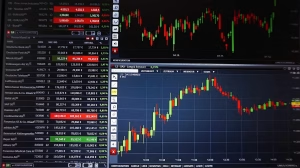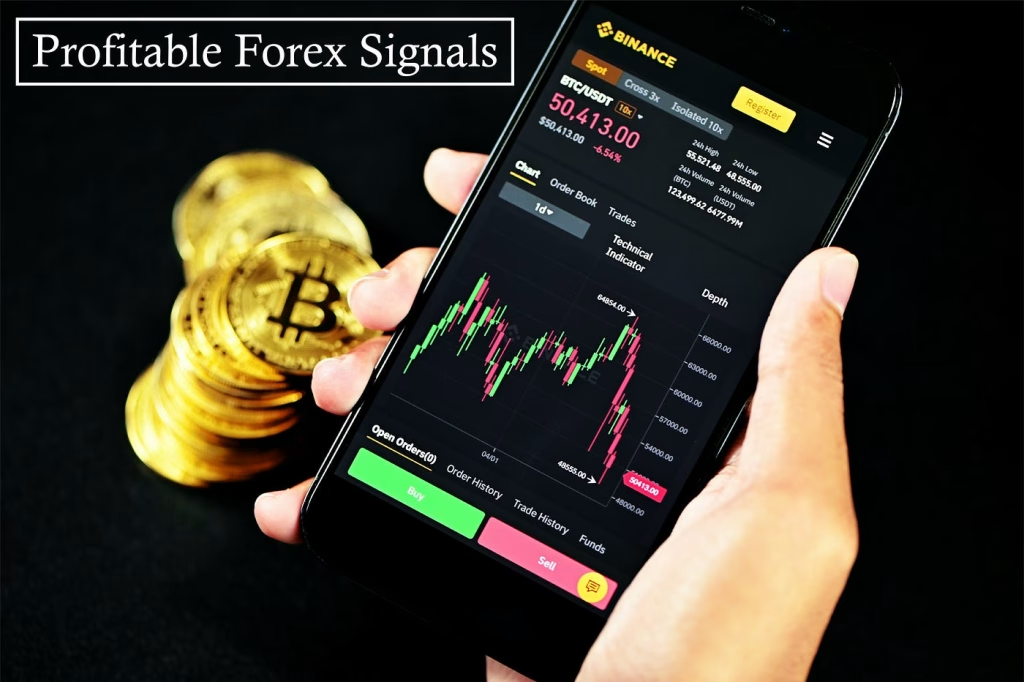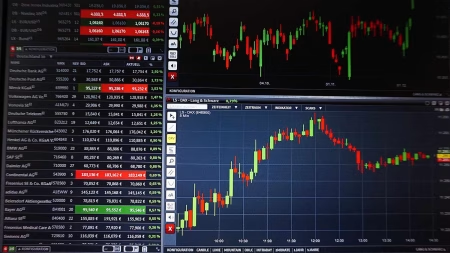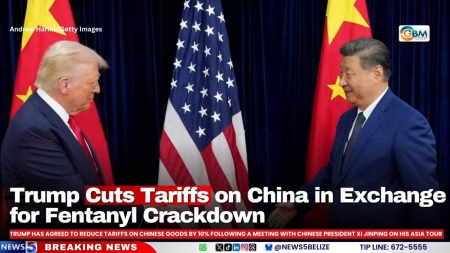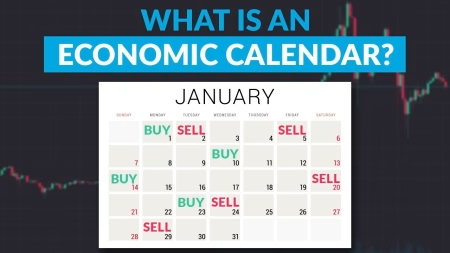When it comes to trading Forex, timing is everything.
You can have the best analysis, the most reliable signals, and a great broker — but if you enter the market at the wrong time, you’ll still lose.
That’s why understanding the best time to use Forex signals during the day is so important.
It can mean the difference between catching a profitable move and watching your trade fizzle out in a dead market.
Let’s break down when you should use Forex signals, why timing matters, and how to align your strategy with the market’s most active sessions.
Best Time to Use Forex Signals
🧭 Why Timing Matters in Forex Signals
Every Forex signal includes an entry point — but not all hours of the day are equal.
Markets move differently depending on which financial centers are open.
During major trading sessions, like London or New York, you’ll see higher volume, faster price movement, and more reliable follow-through on signals.
During quieter sessions, like late Asia or after New York closes, price action slows down, spreads widen, and false breakouts become more common.
In short:
Even a great signal can fail if it’s used at the wrong time of day.
Best Time to Use Forex Signals
🕒 The 4 Major Forex Trading Sessions
The Forex market runs 24 hours a day, Monday through Friday.
But it’s divided into four main sessions, based on key financial centers:
| Session | Time (GMT) | Major Markets | Activity Level |
|---|---|---|---|
| Sydney | 10 PM – 7 AM | Australia | Low |
| Tokyo (Asian) | 12 AM – 9 AM | Japan, Singapore | Medium |
| London (European) | 8 AM – 5 PM | UK, EU | High |
| New York (US) | 1 PM – 10 PM | USA, Canada | Very High |
Understanding these sessions is key to knowing when your Forex signals perform best.
Best Time to Use Forex Signals
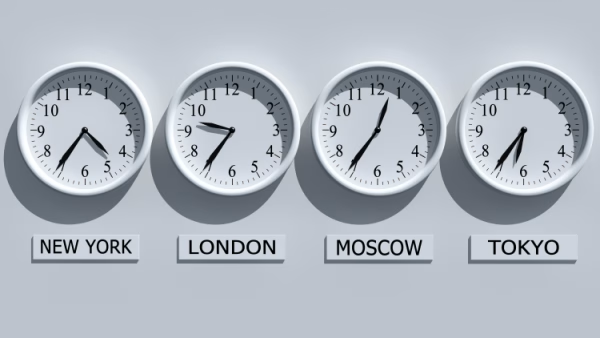
Best Time to Use Forex Signals
⚡ The London Session – The Sweet Spot for Most Signals
The London session is the heartbeat of the Forex market.
Roughly 35% of all Forex transactions happen here, making it the most liquid and active period of the day.
Why It’s the Best Time for Signals:
- Tightest spreads (especially on major pairs like EUR/USD, GBP/USD)
- Strong momentum and clear breakouts
- Most professional traders are active
- Economic data from Europe often moves the market
If your signal provider (like TradingMarketSignals.com) releases setups during London hours, you’re likely to see more follow-through and quicker profits.
Ideal window: 8 AM – 11 AM GMT
During this period, the London market is in full swing before overlapping with New York — offering clear, trending moves.

🔁 The London–New York Overlap – Maximum Volatility, Maximum Opportunity
The London–New York overlap (1 PM – 4 PM GMT) is the most explosive time of the trading day.
It’s when the two biggest markets — Europe and the US — are open at the same time.
Why It’s Powerful:
- Massive liquidity
- High volatility (great for intraday traders)
- Major news releases (like US job reports or FOMC data)
- Large institutions trade at this time
If you’re following day trading or scalping signals, this is the golden window.
However, remember that volatility cuts both ways — you can win big or lose fast. Always apply stop losses and risk management.
🔗 Internal link idea: Link this section to your “Risk Management in Forex Trading” article to build topical authority.
Best Time to Use Forex Signals
🌅 The Asian Session – Calm, But Strategic
The Asian session (Tokyo, Singapore, Hong Kong) is generally quieter.
Price ranges are smaller, but that doesn’t mean it’s useless — it just favors certain trading styles.
Why It’s Worth Considering:
- Best for range trading signals (price bouncing between support/resistance)
- Good time to prepare for London setups
- Useful for pairs involving JPY, AUD, or NZD
If your signal provider specializes in Asian pairs (like AUD/JPY or USD/JPY), this can be a profitable window.
Best time: 1 AM – 4 AM GMT
During this period, Tokyo’s liquidity peaks before tapering off.
🌙 The New York Session – Strong Finisher
After London closes, the New York session remains active — especially for USD pairs.
Many key US economic reports are released between 12:30 PM and 3 PM GMT, creating short but sharp trading opportunities.
Why It’s Important:
- Excellent for USD-based pairs (EUR/USD, USD/JPY, GBP/USD)
- Strong trends formed during London often continue here
- Ideal for short-term follow-up trades or confirmations
However, after 7 PM GMT, liquidity starts to dry up. Avoid chasing signals too late in the day when spreads widen and price action fades.
📈 Matching Signal Types to the Right Time of Day
To maximize your profits, you should align signal type with session behavior.
Here’s a quick cheat sheet:
| Signal Type | Best Session | Why |
|---|---|---|
| Scalping signals | London / Overlap | Fast moves, high volume |
| Breakout signals | London Open | Strong market momentum |
| Swing trading signals | New York | Continuation patterns |
| Range trading signals | Asian | Quiet, predictable price action |
| News-based signals | Overlap | Reacts to economic releases |
💡 Pro Tip: If you receive multiple daily signals, schedule them to match these session strengths. That way, you’re not fighting against the market’s rhythm.
🧠 How to Use Forex Signals Effectively (Timing + Discipline)
Even the most accurate signals can fail if executed poorly.
Here’s how to make the most of your signals, regardless of time zone:
- Sync your clock with GMT or your broker’s time
Misalignment can cause you to miss trades or enter late. - Set alerts before active sessions
If you know your provider sends signals at London open, be ready 15 minutes before. - Don’t overtrade outside peak hours
Avoid forcing trades during flat periods (like late New York or early Sydney). - Track performance by time of day
You might discover your signals perform best during one specific session — double down on that. - Respect stop losses
Volatile periods like the London–New York overlap can whip both directions. Always protect your capital.
🕰️ Example: Timing Signals the Smart Way
Let’s say your signal provider sends you this trade:
Pair: EUR/USD
Buy Entry: 1.0860
TP: 1.0895
SL: 1.0835
If you get this signal at 9 AM GMT (London open), liquidity is strong — a great time to enter.
The same trade at 9 PM GMT? Low volume, weak follow-through, and possible reversal.
Same signal. Totally different outcome — just because of timing.
🔔 Final Thoughts: Trade When the Market Is Alive
The best time to use Forex signals isn’t random — it’s when the market is most liquid and directional.
That’s why professional traders focus on London hours and the London–New York overlap.
If you’re trading casually or part-time, don’t try to monitor charts 24/7.
Instead, focus your energy on the 3–5 most active hours that fit your time zone and strategy.
At TradingMarketSignals.com, we design our daily Forex signals around these optimal windows — when volatility and precision align for maximum impact.
👉 Join our Free and VIP Signal Services
Get signals timed perfectly for the most profitable sessions, delivered straight to your Telegram or email.
Trade smart. Trade at the right time.


